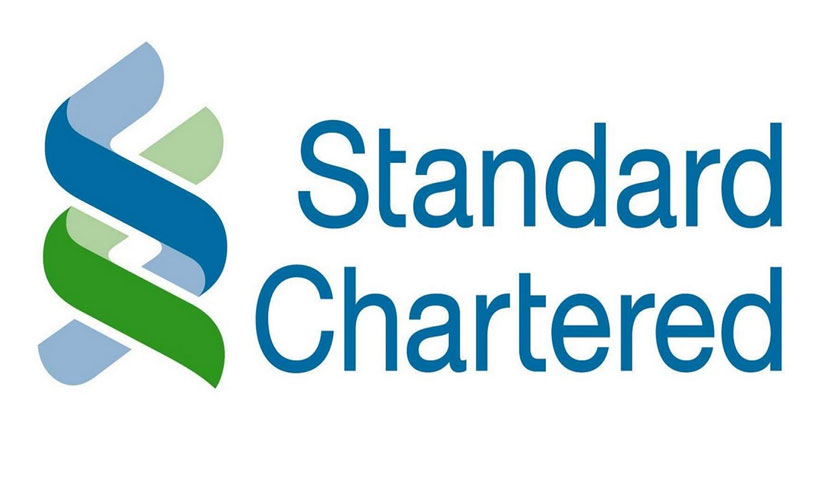Standard Chartered made some serious headlines on Feb 28, 2025. The bank has come out with its Transition Plan, with a goal of achieving net-zero emissions by 2050. It’s a lofty goal, and they’re not messing around with it. It’s not an academic seminar but a real step towards a greener tomorrow. This isn’t a vague promise—it’s a detailed roadmap tackling everything from financed emissions to their own offices. With the world watching banks to step up on climate, this feels like a real swing at making a difference.
Here’s the gist of what they’re up to:
- Financed Emissions: Targeting net-zero by 2050 for the emissions tied to their loans and investments.
- Own Operations: Planning to hit net-zero in their day-to-day work by 2025—super soon!
- Sector Focus: Setting specific reduction goals for high-emission industries like oil, gas, and power.
“We’re embedding climate into how we do business,” a bank spokesperson said. They’ve already cut their own emissions by 28% in 2024, showing they mean business.
Why It Matters
Banks like Standard Chartered hold a lot of sway. They fund projects that shape the world—think power plants and factories. They can nudge industries to clean up by steering cash toward green stuff. The strategy has teeth, as well. It’s not promises, it’s milestones. It’s part of a global movement—look at COP29’s emphasis on energy transitions.
How They’ll Get There
The bank has an action plan:
- Clean Energy Boost: Doubling Down on Renewable Finance for Solar and Wind.
- Fossil Fuel Fade: Phasing out coal support by 2030 and increasing regulation of oil and gas.
- Tracking Progress: Reports annually to show how they’re doing—transparency’s best-kept secret.
They want financed emissions from oil and gas cut by 29% by 2035. Power generation emissions? Down 63% by then. It’s ambitious, but they’ve got the cash—$40 billion in sustainable financing since 2018, per their statement.
Challenges
It’s not all smooth sailing. High-emission sectors are tricky to shift—think steel or shipping. Some worry banks are pulling back from net-zero pledges, but Standard Chartered is sticking to it. “It’s a complex journey,” the spokesperson admitted. Economic ups and downs could slow things down, too. Still, their 2024 emissions drop—28%—proves they can make headway.
A Global Player Steps Up
Standard Chartered is not a small fry. With offices in 52 markets, they’ve got reach. Their plan aligns with India’s green push—214 GW of renewable capacity by 2024, aiming for 500 GW by 2030. They’re also eyeing aviation and nature-based solutions, like tree-planting projects. “We’re here to lead, not follow,” the bank hinted in the release. It signals other financial giants to step up or get left behind.
This is just the start. Annual updates will keep us posted—the first one is due in 2026. They’re betting on renewables and tech to pull this off. If they nail it, those 6.2 million homes powered by AGEL’s 12,258.1 MW could have a banking buddy in Standard Chartered.

